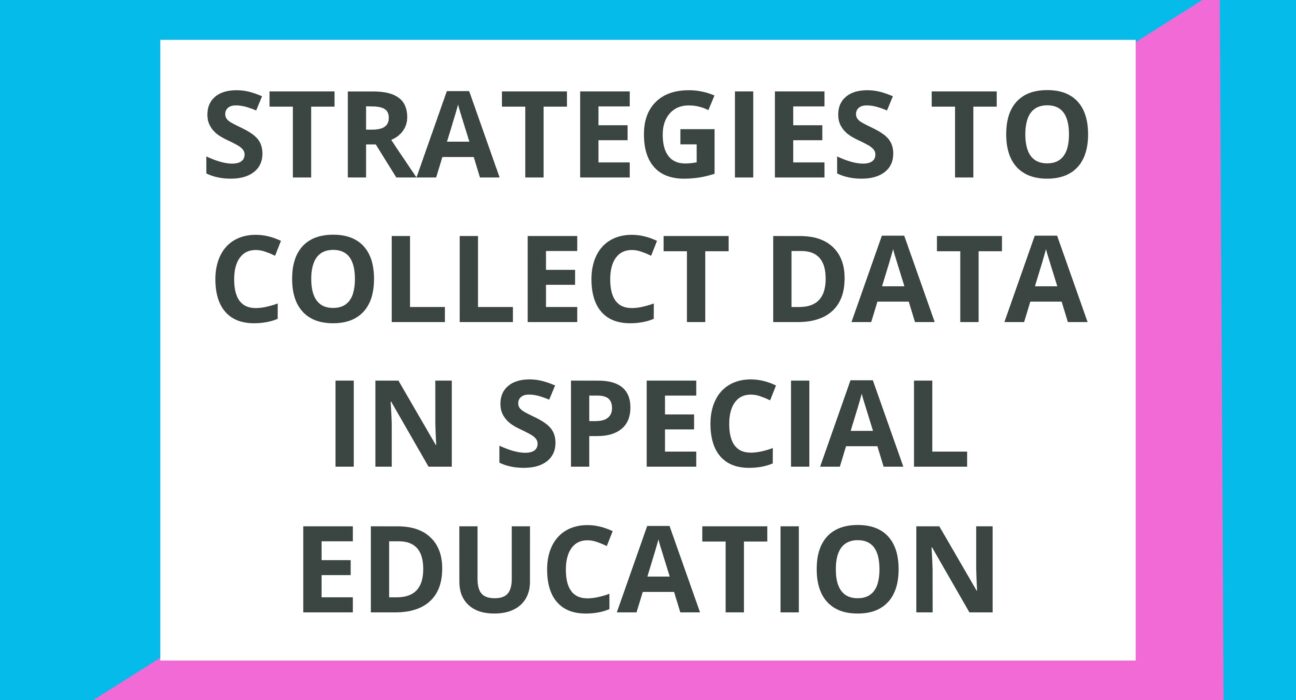Collecting data in special education is crucial for assessing student progress, planning individualized instruction, and demonstrating the effectiveness of interventions. Here are some effective strategies that special education teachers can use to streamline this process and ensure accurate and actionable insights.
1. Define Clear, Measurable Goals
Before collecting any data, it’s essential to define what you aim to measure. This involves setting clear, specific, and measurable goals related to the students’ Individualized Education Programs (IEP). Goals should be directly observable and quantifiable to ensure that the data collected is relevant and objective.
2. Use a Variety of Assessment Tools
To get a comprehensive understanding of a student’s abilities and progress, employ a mix of formal and informal assessment tools. These can include standardized tests, quizzes, teacher observations, and work samples. Using various tools helps to triangulate data, providing a more complete picture of a student’s performance and areas needing additional support.
3. Implement Behavioral Data Collection
Behavioral challenges can significantly impact a student’s ability to learn. Use tools like frequency counts, duration records, and interval sampling to track behaviors. This data helps in creating effective behavior intervention plans that are tailored to the student’s specific needs.
4. Utilize Technology
Advancements in technology have made data collection more efficient. Use educational apps and software that allow for real-time data tracking and analysis. Tools like Google Forms for surveys, and apps like ClassDojo for behavior monitoring, can simplify the process and allow for immediate feedback.
5. Involve All Stakeholders
Data collection should be a collaborative effort. Involve general education teachers, parents, and the students themselves. This inclusive approach ensures that data reflects the student’s performance across different settings and times, providing a holistic view of their progress.
6. Regular Review and Adjustment
Data should not only be collected but also regularly reviewed and used to adjust educational strategies as necessary. This ongoing process helps in adapting to the student’s evolving needs and in refining the educational approach to maximize effectiveness.
7. Maintain Documentation and Compliance
Ensure that all data collected is documented meticulously. This is crucial not only for ongoing educational planning but also for compliance with educational standards and regulations. Documentation should be accessible but protected for privacy, aligning with laws like FERPA in the U.S.
Conclusion
Effective data collection in special education is foundational to providing students with the tailored educational experiences they need to succeed. By employing these strategies, special education teachers can enhance their instructional methods and contribute significantly to the positive outcomes of their students.

